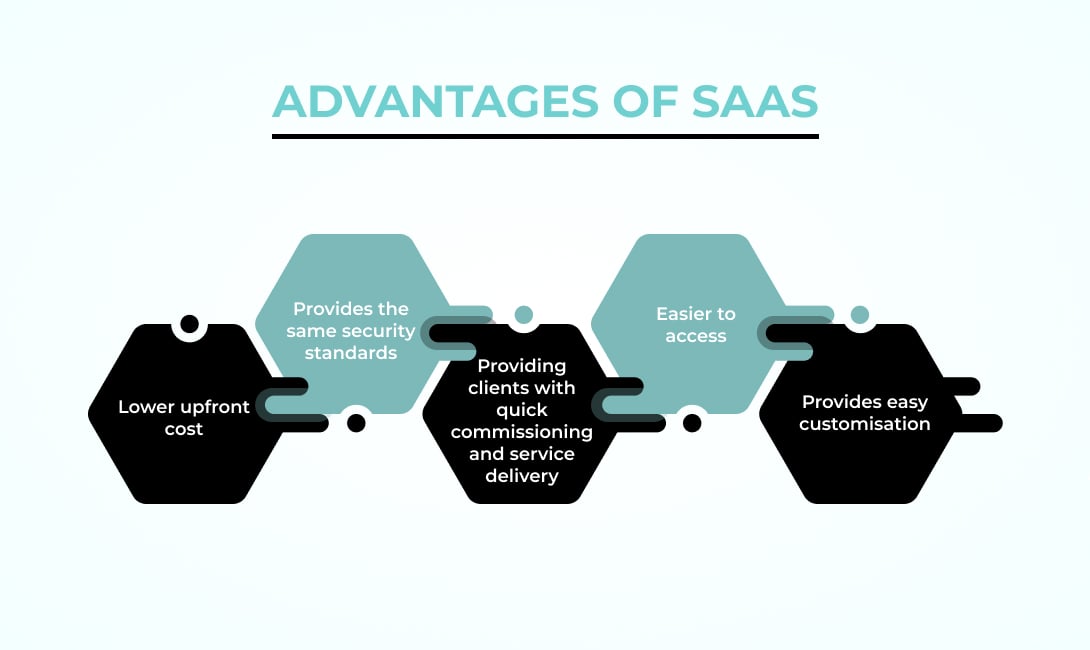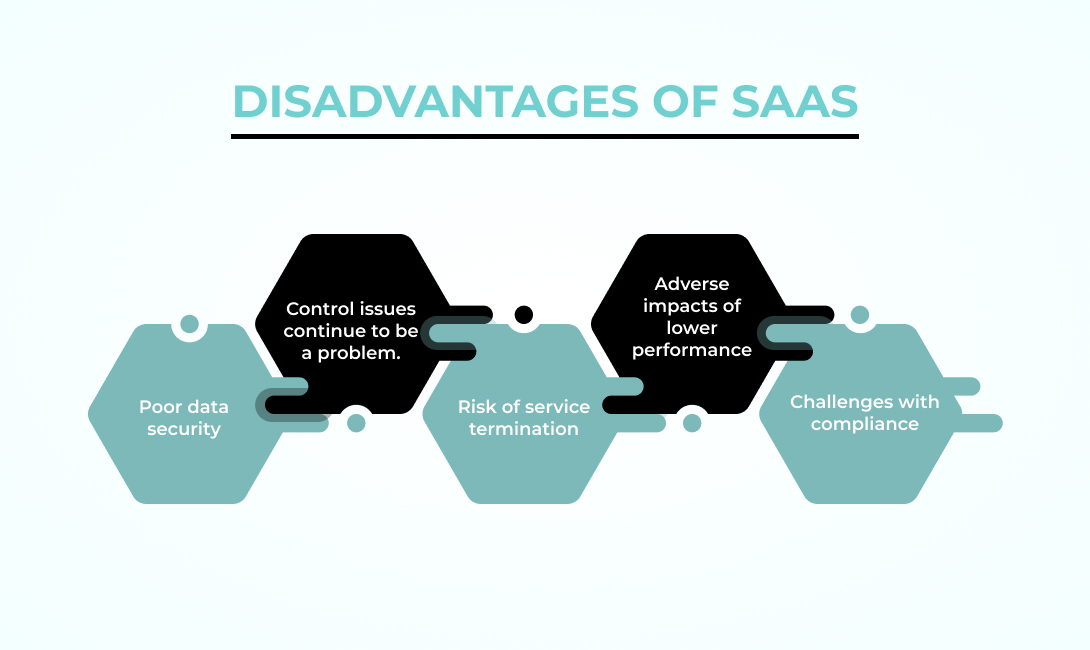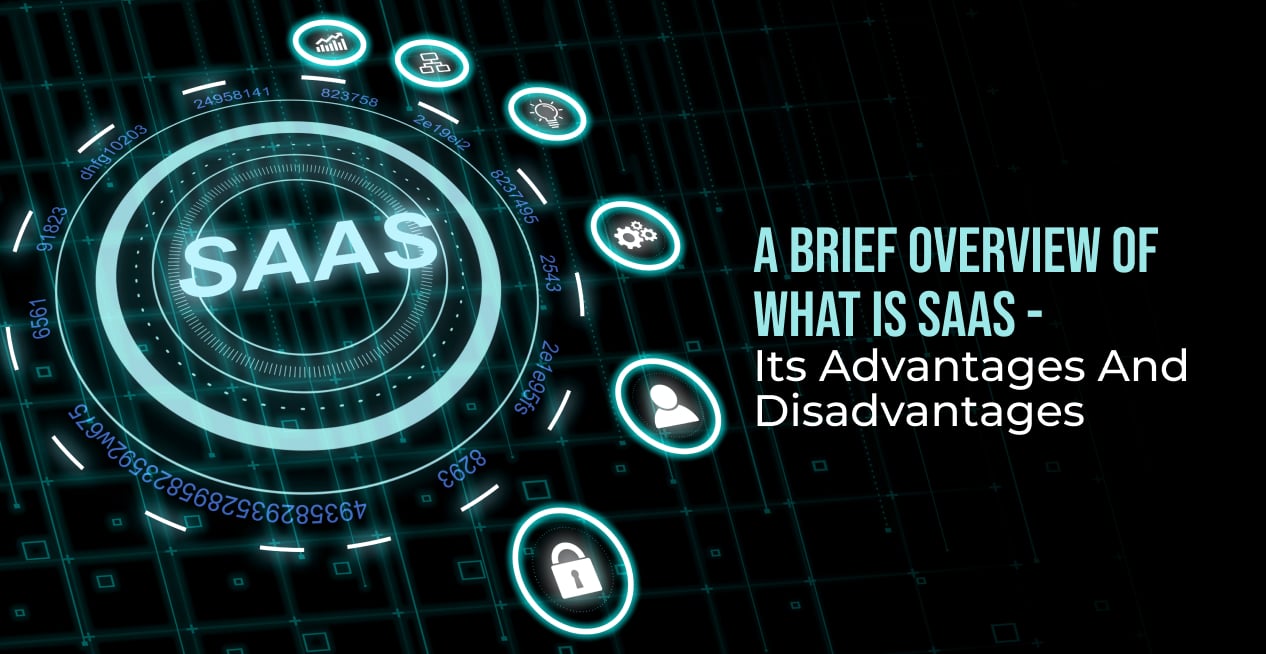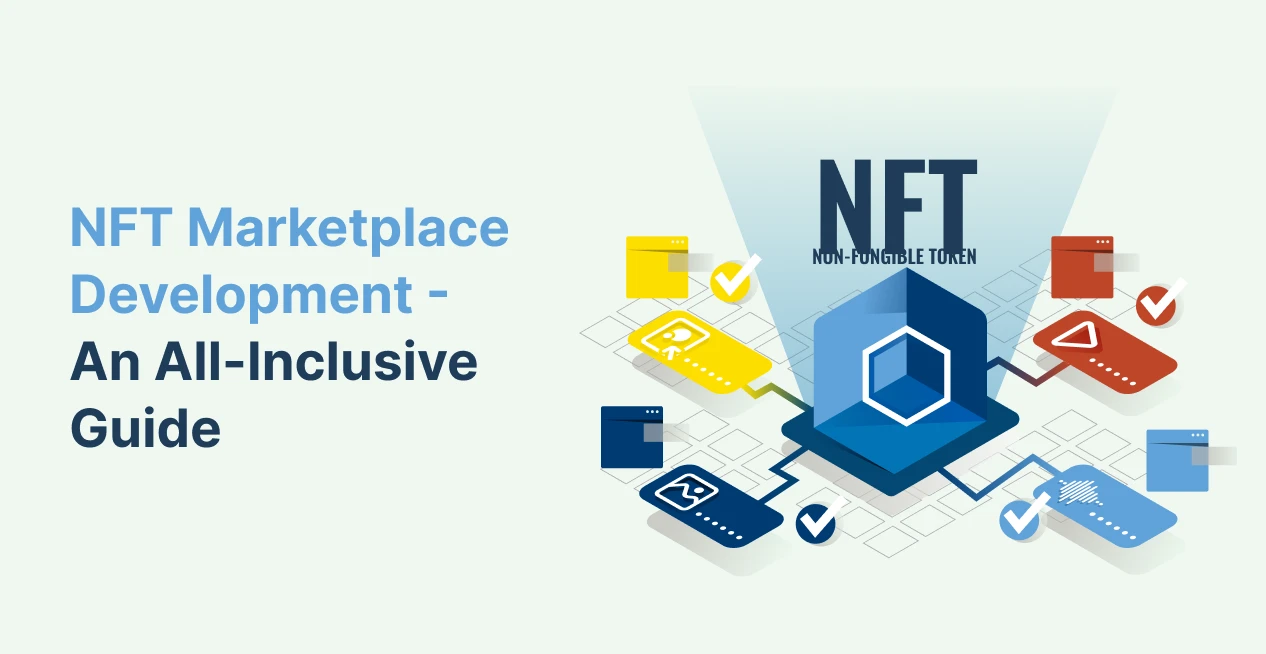SaaS, or software-as-a-service, has gained enormous popularity over the years. Estimates state that nearly nine out of ten businesses are using several variations of SaaS applications. It is unlikely that the growth will slow down in the near future. With such a dominant presence in the business world today, SaaS applications have nearly become a default for any industry. Hence, businesses should be prepared to understand both the advantages and disadvantages of SaaS. First, let’s understand what SaaS is.
What is SaaS?
Software as a Service (SaaS) is a licensing model in which users receive subscription-based access to software that is hosted on external servers rather than internal ones. A web browser is typically used to access Software as a Service, and users must log in with a username and password. The software can be accessed online rather than requiring each user to install it on their computers.
SaaS applications are also called hosted software, on-demand software, and web-based software. Whatever name they go by, SaaS applications are hosted on the servers of a SaaS provider. Security, availability, and performance of access to the application are all managed by the provider.
SaaS examples
Have a look at the following list of 3 common SaaS examples, which will inspire you to take a leap ahead and push your company in the right direction.
1. Shopify
Shopify is a well-known provider of applications and platforms and is used by many e-commerce businesses and retail Point of Sale systems (POS). The company’s three primary products, Shopify, Shopify Plus, and Burst by Shopify, have helped more than 800,000 entrepreneurs across the world.
2. MailChimp
Since its founding in 2001, MailChimp has grown to be a top marketing platform for companies, offering services for transactional email, marketing automation, and email marketing. MailChimp, the company’s flagship product, is an email marketing platform that enables users to schedule automatic mailings and monitor their performance. Additionally, we rank MailChimp as one of the world’s most inspirational B2B websites.
3. Microsoft
Microsoft is one of the largest and most established cloud service providers, including IaaS, PaaS, and SaaS. Microsoft 365 is a well-known software suite that comes with a variety of subscription plans designed to meet the needs of various market segments. Word, Excel, PowerPoint, Microsoft Teams, Outlook, OneDrive, and many other apps are included in the Microsoft 365 suite of apps for consumers, businesses, and enterprises.
Are you ready to develop a SaaS? As part of the development process of your SaaS product, our SaaS development company will conduct a discovery session with you. So, let’s connect.
Advantages of SaaS
SaaS is expanding as one of the cloud computing solutions in many different areas, offering advantages to both users and businesses over installed software. Have a look at the benefits of Saas.

1. Lower upfront cost
Customers pay a monthly subscription to the Software as a Service business model. They avoid the expensive application implementation process. Therefore, businesses don’t need to assign these activities to their IT department. Software as a Service pricing models might vary based on usage levels and include expenses for service and support.
2. Provides the same security standards
Due to the decentralized storage of all data on a cloud server, local hardware and software issues are less likely to result in data loss for all users, thanks to the cloud architecture. The same security measures apply to larger and smaller businesses.
3. Providing clients with quick commissioning and service delivery
The user only needs to go online to begin operations rather than delivering software packages and issuing licences.
4. Easier to access
SaaS apps only need a browser, an internet connection, and user authentication, thanks to cloud-based computing. In fact, anyone can access these resources at any time and from any location. Commonly, requiring less effort to access results in lower costs and more production.
5. Provides easy customisation
The software can be easily modified to meet the specific needs of users. This is because of the way SaaS is designed. These modifications are tailored to each organization or user and are always maintained throughout updates. As a result, SaaS providers can release updates more often while minimizing adoption costs and client risk.
Disadvantages of SaaS
Despite its benefits, SaaS does have certain drawbacks. These disadvantages are not deal breakers, but they can cause some difficulties. Have a look at some of the disadvantages of SaaS.

1. Poor data security
One of the primary concerns for businesses searching for a SaaS application is security. Before we disclose this sensitive information to a third party, we must address problems like identification and access management. We need to take strict precautions, especially in the case of accessibility from a mobile device.
2. Control issues continue to be a problem
On-premise applications are more in a company’s control than externally hosted options. After all, a third party is in control. Everyone must typically utilize the most recent version of the software while using SaaS apps. Upgrades and changes to the functions cannot be delayed, and all work must be tested.
3. Risk of service termination
It is impossible to continue utilizing the services if the SaaS provider goes bankrupt or is forced to terminate their service for other reasons, and theoretically, all data and documents could be erased. SaaS rarely shuts down on its own, and the service providers in issue typically give customers enough time to back up their data on other servers or data carriers.
4. Adverse impacts of lower performance
Performance issues are brought up by a browser-based, externally hosted application that we also access online. In particular, when we contrast this with programmes that run on a desktop or across a corporate LAN, it is obvious that, for the time being, some tasks are more suited to the SaaS model than others. This is, however, when the internet connection speed issue persists. To keep this factor under control, businesses must also make investments in quick and dependable internet connections.
5. Challenges with compliance
It is more challenging to comply with GDPR requirements when we store our crucial data at the service provider’s data centre. We must be aware of the regulations that govern our business and software. Communicate clearly with the service provider, and rectify any contradictions that may arise. Additionally, we need to put a plan in place so that we can react appropriately to any violations or data breaches.
The future of SaaS
As businesses build and develop new technologies to meet the demand, the use of cloud computing is expected to accelerate greatly in the coming years. Some businesses anticipate a comeback of SaaS technology with a strong emphasis on mobile devices. Other companies are betting on the concept that artificial intelligence (AI) will take over the SaaS industry in logistics, transportation, and retail. SaaS solutions will eventually keep growing as time goes on. Both big and small companies use SaaS, and as the possibilities grow, this ratio will rise.
High-performance computing will be useful for a variety of commercial purposes in the future, including analyzing huge amounts of consumer data and keeping track of application logs. SaaS may one day be able to assist with important business difficulties like identifying which customers will leave or what cross-selling strategies are most effective for your company. Given the daily increase in data volumes, software performance, and backup requirements, it’s understandable why firms outsource SaaS application development services. Find out what OpenXcell has to offer for businesses of all sizes.








